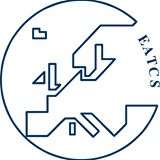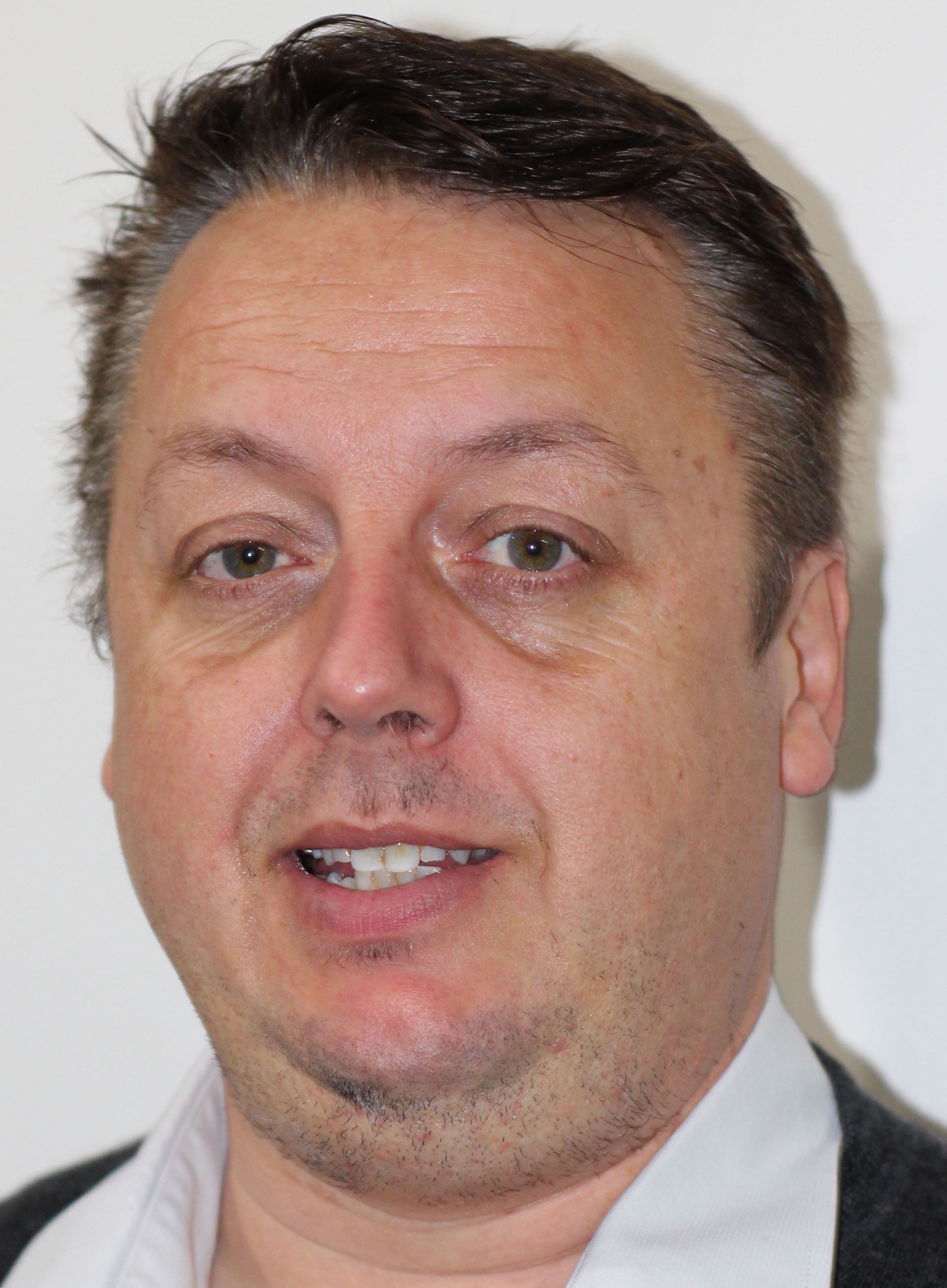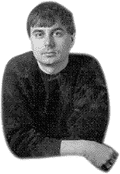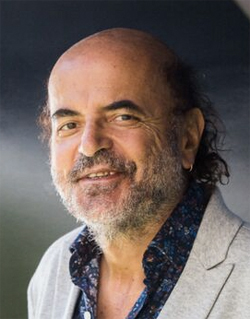
MFCS 2018 is organized in coopperation
with EATCS
Important Dates
Abstract submission deadline:
Friday, 20th April, 2018
Paper submission deadline:
Tuesday, 24th April, 2018
Notification of authors:
Tuesday, 12th June, 2018
Registration deadline (early):
Monday, 25th June, 2018
Registration deadline (standard):
Friday, 20th July, 2018
Conference dates:
27th-31st August, 2018
|
|
|
|
Invited Speakers

(TU Dresden, Germany)
On energy conditions and stochastic shortest path problems for Markov Decision Processes
Markov decision processes (MDP) are widely used to formalize
algorithmic problems where the task is to find a policy for traversing a
weighted probabilistic graph structure in a somehow optimal way.
Examples are the stochastic shortest-path problem where the goal
is to minimize the expected accumulated weight until reaching a target
or decision problems for MDPs with energy constraints that, e.g.,
aims to ensure that almost surely a target will be reached while the
accumulated weight (``energy'') meets a given bound.
The talk will discuss solutions for such and related problems for MDPs
with integer weights.
These rely on a new classification of so-called end components of MDPs
according to their limiting behavior with respect to the accumulated
weights.
This classification will be used to show that the stochastic shortest
path problem is solvable in polynomial time for arbitrary finite-state MDPs,
generalizing previous results for sub-classes of MDPs.
Furthermore, it will be used to provide algorithms for deciding
the existence of a policy ensuring that a weight-bounded (repeated)
reachability condition or
holds almost surely or with positive probability, and the analogous
problems for universal rather than existential quantification over policies.

(LIX, France)
Descriptive Mathematics and Computer Science with Polynomial Ordinary Differential Equations.
We will see that many continuous and discrete concepts from mathematics and computer science can be presented using ordinary differential equations. Basically, we will start from the following observation: if you know what 0, 1, -1 are, as well as what an addition and a multiplication are, and if you remember what an ordinary differential equation is, then you can define and program many concepts from Mathematics and Computer Science. In particular we will present/rediscover descriptive complexity, computability and complexity using polynomial ordinary differential equations only. A title for this talk could also be "Programming with Ordinary Differential Equations”, as these questions also relate to analog models of computations, and in particular to the 1941 General Purpose Analog Computer of Claude Shannon. In some way, we are rediscovering the forgotten art of their programming, and we are only starting to understand the true power of these very old models.

(IST, Austria)
Tri-partition of a simplicial complex
We prove that for every simplicial complex, K, and every
dimension, p, there is a partition of the p-simplices into a
maximal p-tree, a maximal p-cotree, and the remaining p-simplices
defining the p-th homology of K. Given a monotonic order of the
simplices, this tri-partition is unique and can be computed by
matrix reduction. Collecting the sets over all monotonic orders,
we get matroids over the set of p-simplices.
(Joint work with Katharina Oelsboeck)

(University of Oxford, UK)
Computational Complexity and the Independence Polynomial
The independence polynomial is one of the most well-studied
graph polynomials, arising in combinatorics and computer science.
It is also known in statistical physics as the "partition function
of the hard-core model". After describing the polynomial, I will
tell you something about the complexity of approximating
this polynomial, including the now-classical breakthrough results of
Weitz and Sly, incursions into the complex plane by Harvey,
Srivastava, and Vondr\'ak and by Patel and Regts and finally
more recent work using tools from complex analysis
by Peters and Regts and also in joint work with Bezakova, Galanis, and
Stefankovic.

(Columbia University, USA)
A computer scientist thinks about the Brain
How does the Brain give rise to the Mind? How do neurons and synapses, molecules and genes, evolution and development, give rise to behavior and cognition, language and intelligence? Despite lightning progress in recording and molecular technology and a deluge of experimental data, we do not seem to get closer to an answer. This is a talk about admiring and appreciating the problem, and proposing a new approach based on a recognized but little studied intermediate level of Brain computation carried out by the synchronous firing of large and highly interconnected sets of neurons called assemblies. We show that assemblies give rise to a novel computational system, and we speculate that they may instrument higher cognitive functions, such as language and math.
|





